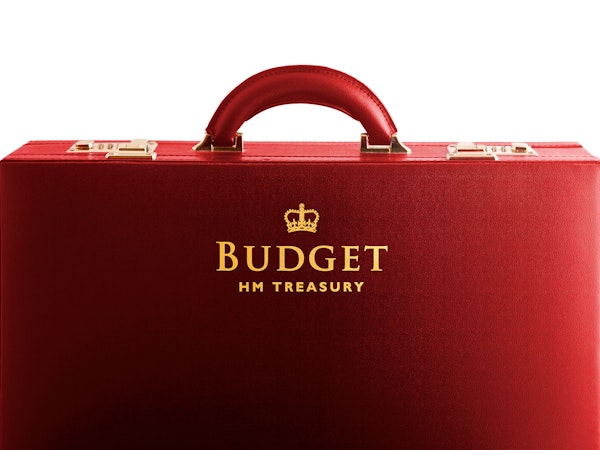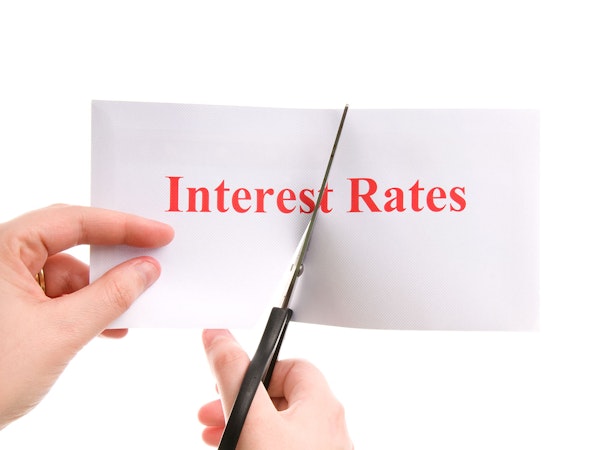Self-employment levels hitting income tax take
With the number of self-employed people in the labour force now at 12%, the income tax take across the UK is in decline.

Increasing numbers of people have been moving into self-employed work, either as contractors, gig economy workers or setting up their own small businesses. While for some it gives greater freedom and flexibility, it also has a knock-on effect on the economy. Gross earnings may match the employed sector, but the self-employed pay less tax. The effect has been a decline in the tax base over the last three years in two-thirds of parliamentary constituencies, ranging from a fall of 0.5% in the West Midlands to 5% in Northern Ireland.
Earnings from self-employment vary in the same way but have been increasing. In the north west, self-employed income has risen by 11.4% from £11,400 in 2013/14 to £12,700. In London for the same period, median income rose by 5% from £13,900 to £14,600.
Some analysts trace the rise in self-employed numbers to the financial crash of 2008, as redundancies forced more people into contractor roles. Increasing numbers of young workers are also preferring to try the self-employed route. Office of National Statistics figures show just under 10% of those between 22 and 30 become self-employed after leaving higher education – around half a million people in 2018. That’s a rise of around 30% from 2008. Despite earning less and working longer hours, this new wave of independent workers profess job security and interesting work as their priorities, but add time available for family and other pursuits as important factors in deciding to go it alone.
The impact of shifting employment patterns on individuals and society is clear. With the self-employed missing out on key benefits such as pension auto-enrolment, and a lowered tax take across the board, it’s even more important to get your personal tax planning right if you or anyone in your family are self-employed.





